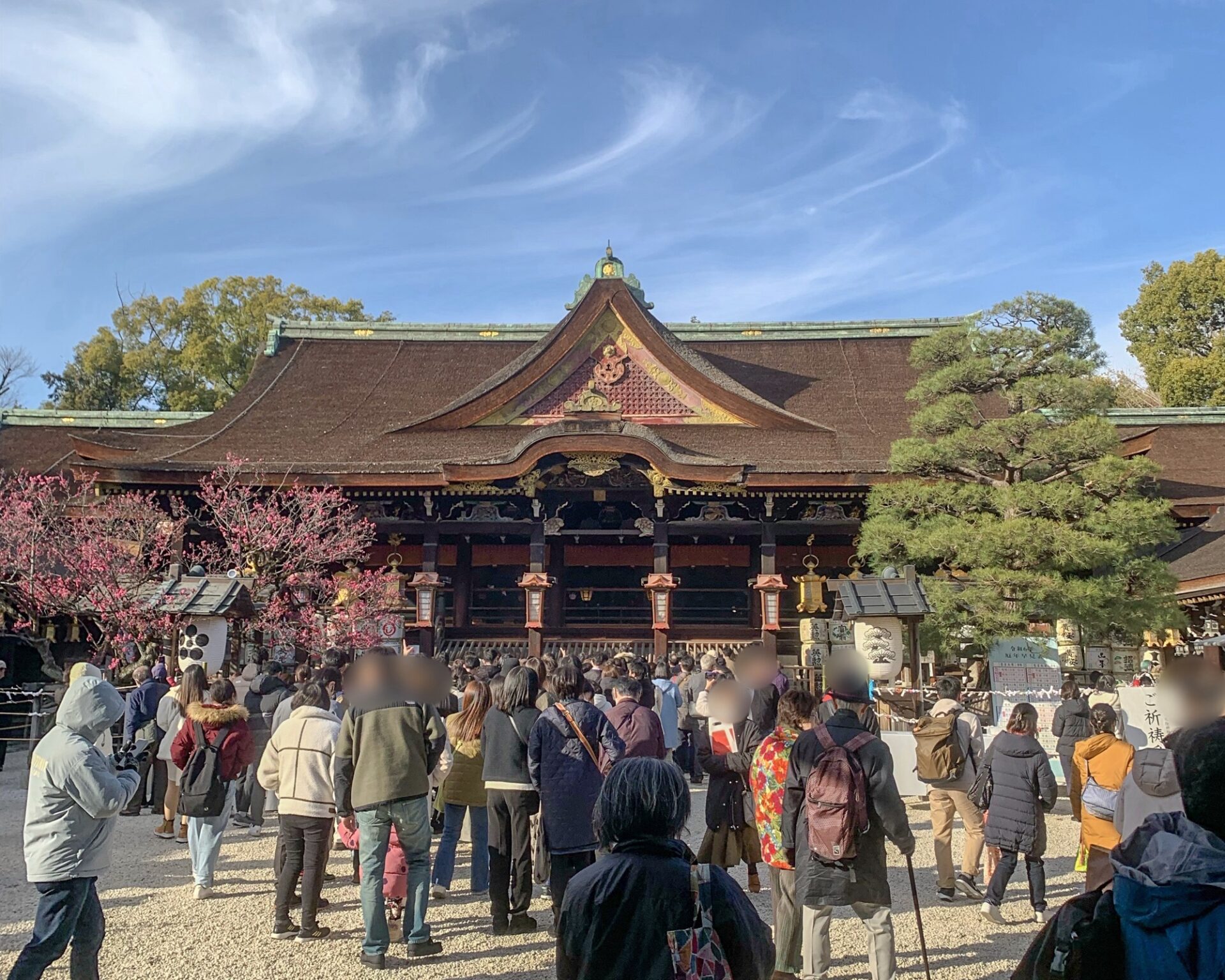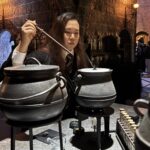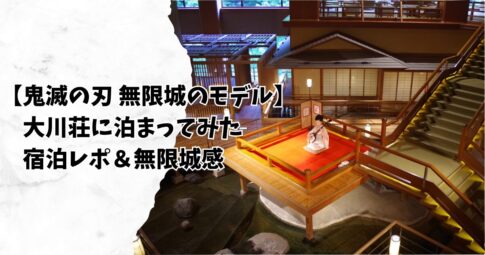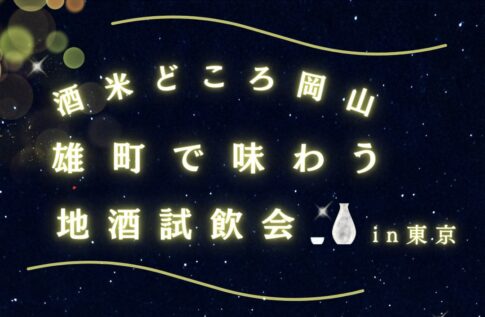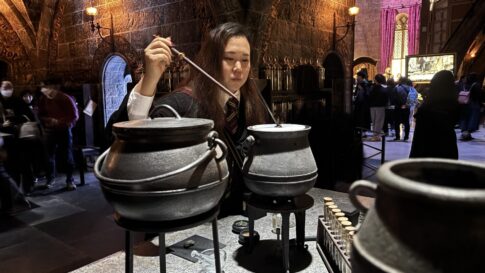Contents
A Place of Learning and Legends
Kitano Tenmangu Shrine, located in Kyoto, was established over 1,000 years ago.
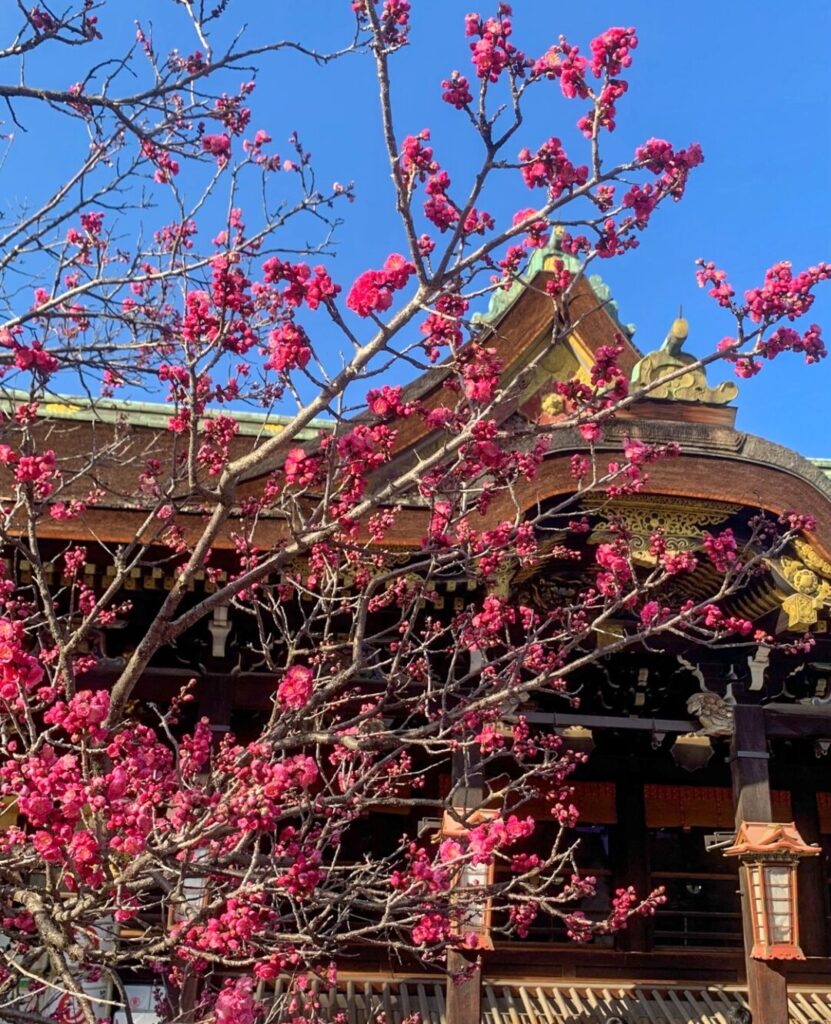
It was built by the emperor of the time to honor Sugawara no Michizane, a renowned scholar and politician from the late 9th century, and to pray for the peace of the nation.
This shrine is historically significant as it was the first in Japan to enshrine a real person as a deity.
Who is Sugawara no Michizane?
Sugawara no Michizane is worshipped as the:
- God of Agriculture
- God of Honesty and Sincerity
- God of Dispelling False Accusations
- God of the Performing Arts
But most famously, he is known as the God of Academics.
A child prodigy, he was said to have composed Japanese poetry by the age of five and Chinese poems by eleven. His brilliance and tragic story led to the widespread veneration of him, known as the Tenjin faith, across Japan.
Today, there are around 12,000 shrines dedicated to him nationwide — but Kitano Tenmangu is the original and most important.
Even now, students visit the shrine to pray for success in their entrance exams, and others come to seek wisdom and personal growth.
The Plum Trees and the Legend of Tobiume
Kitano Tenmangu is also famous for its beautiful plum grove.
Michizane had a deep love for plum trees. According to legend, his favorite plum tree, called Tobiume (“flying plum”), flew from Kyoto to Kyushu to be with him during his exile. Because of this, the plum blossom became the symbol of Tenmangu Shrines, and you’ll always find a plum tree in front of the offering hall.
In February and March, nearly 2,000 plum trees bloom across the shrine grounds, creating a stunning landscape that draws visitors from all over the world.
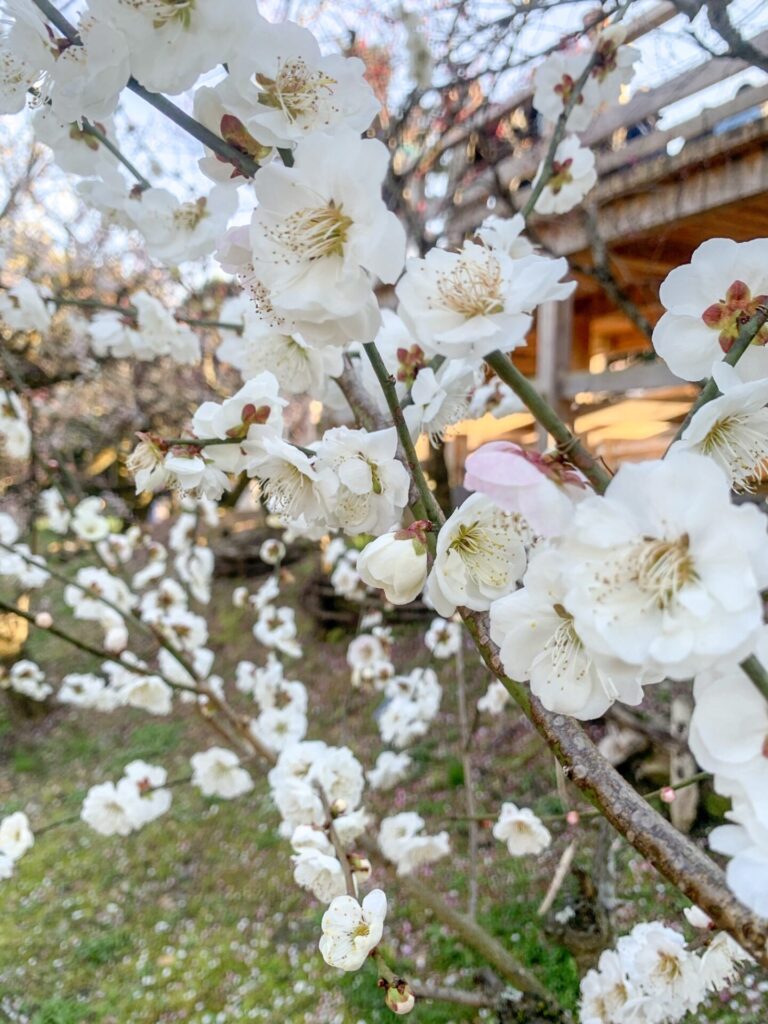
Plum Blossom Festival (Baikasai)
One of the highlights of Kitano Tenmangu Shrine is the Plum Blossom Festival, or Baikasai, held every year on February 25th — the anniversary of Sugawara no Michizane’s death.
During this special event, visitors can enjoy:
- A traditional outdoor tea ceremony held in the plum garden
- Hosted by geiko and maiko (Kyoto’s geisha and apprentice geisha) from the nearby Kamishichiken district
- Seasonal sweets and matcha served under blooming plum trees
- A truly elegant and serene Kyoto experience
The atmosphere is peaceful yet festive, offering a rare chance to experience Kyoto’s cultural heritage in full bloom — both literally and figuratively.
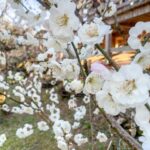
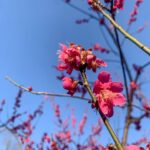

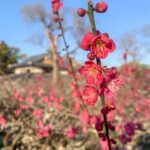
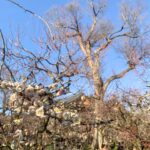

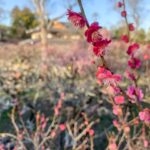


If you’re visiting Kyoto in late February, Baikasai is a must-see event that beautifully blends nature, history, and tradition.
📌 Basic Information about Kitano Tenmangu Shrine
📍 Location:
Bakurocho, Kamigyo Ward, Kyoto, 602-8386, Japan
🕒 Opening Hours:
6:00 AM – 6:00 PM (Shrine grounds)
Treasure House: 9:00 AM – 4:00 PM (Only open on certain days)
🎟️ Admission Fee:
Shrine grounds: Free
Treasure House: ¥1000 (subject to change)
🚃 Access:
From Kyoto Station:
Take Kyoto City Bus #50 or #101 to “Kitano Tenmangu-mae” bus stop (approx. 30 minutes).
From Keifuku Kitano Line:
5-minute walk from “Kitano-Hakubaicho” Station.
🌸 Recommended Time to Visit:
Late February to March (plum blossoms)
Mid-November (autumn leaves)
🌐 Official Website: https://kitanotenmangu.or.jp/en/
